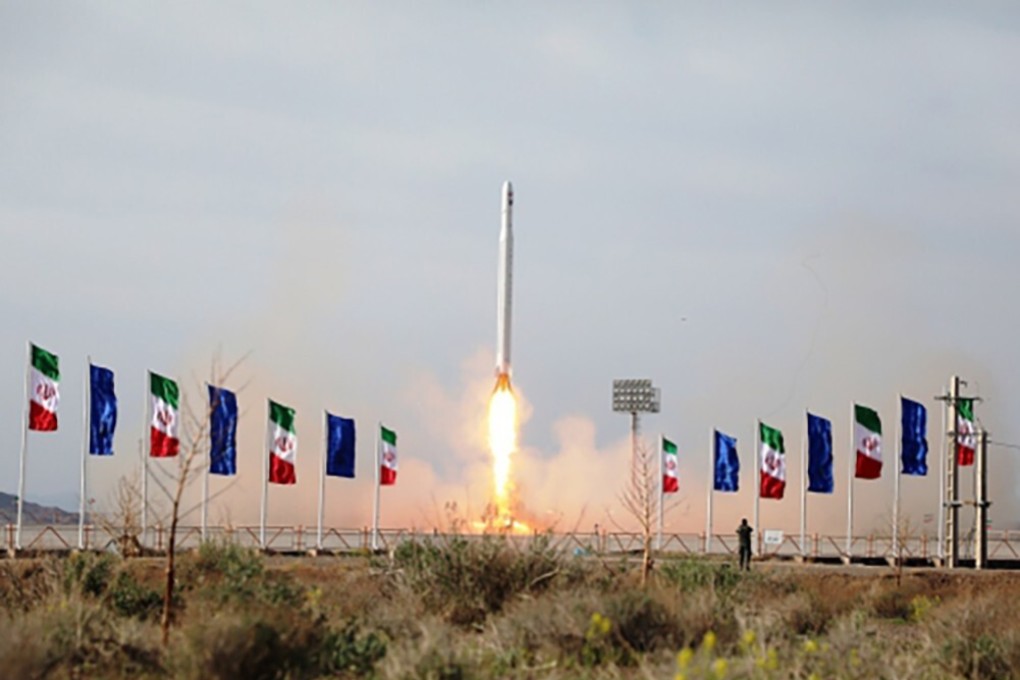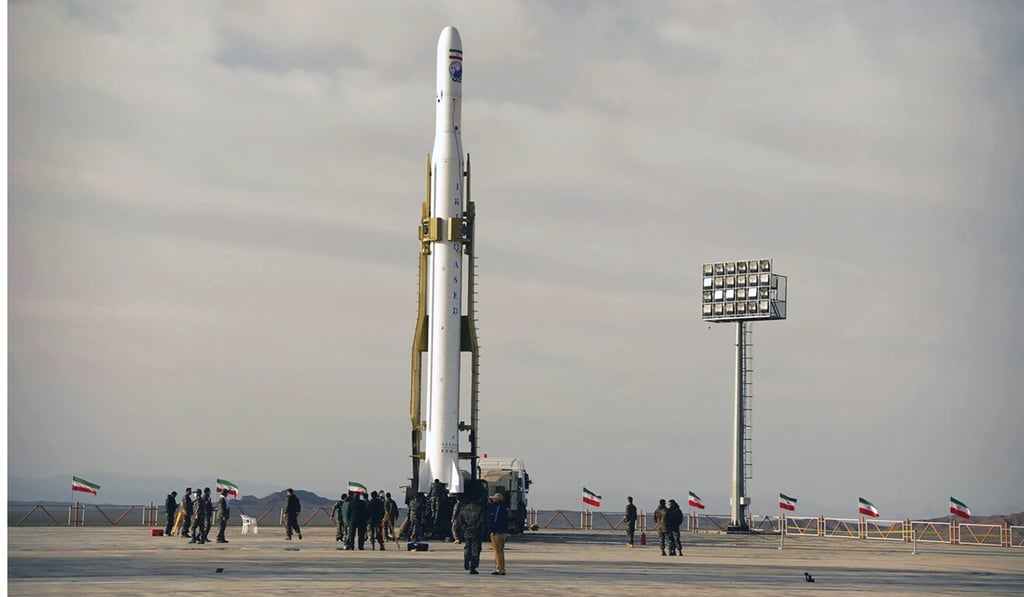Iran’s Revolutionary Guard launches ‘first military satellite’ as tensions with US escalate
- The launch has raised concerns on whether the technology used could help Iran develop intercontinental ballistic missiles
- As the world grapples with the coronavirus pandemic and historically low oil prices, the missile launch may signal a new willingness by Iran to take risks

There was no immediate independent confirmation of the launch of the satellite, which the Guard called “Noor”, or light. The US State Department and Israeli officials did not immediately respond to requests for comment while the Pentagon said it “will continue to closely monitor Iran’s pursuit of viable space launch technology”.
However, such a launch immediately raised concerns among experts on whether the technology used could help Iran develop intercontinental ballistic missiles.

Already, Iran has abandoned all the limitation of its tattered nuclear deal with world powers that US President Donald Trump unilaterally withdrew America from in 2018. Trump’s decision set off a months-long series of escalating attacks that culminated in a US drone strike in January that killed a top Iranian general in Iraq, followed by Tehran launching ballistic missiles at American soldiers in Iraq.
As the world grapples with the coronavirus pandemic and historically low oil prices, the missile launch may signal a new willingness by Iran to take risks.